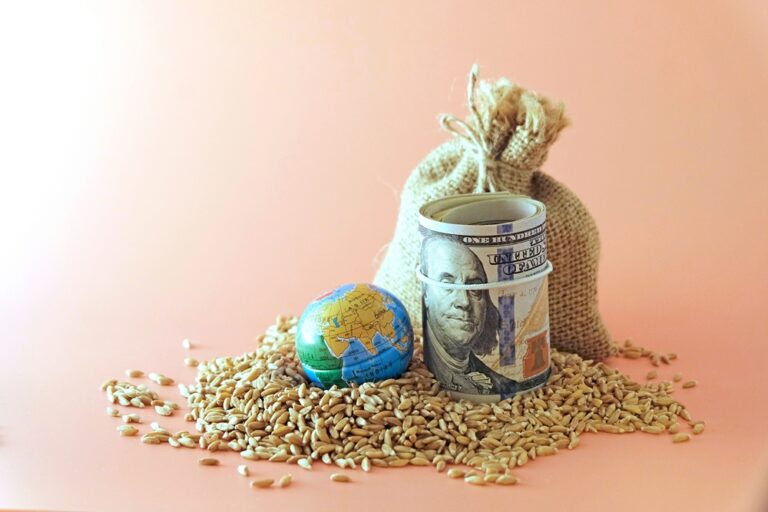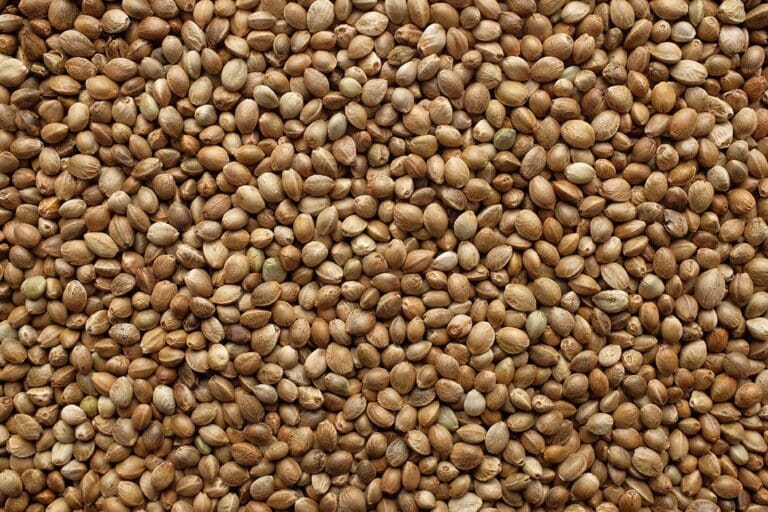Chicken: champion of the red meat and poultry sector
If you participate in social media platforms, there’s a good chance you’ve seen posts regarding vegetarianism or veganism. A 2022 study titled, “Media Diets of Vegetarians. How News Consumption, Social Media Use and Communicating with One’s Social Environment are Associated with a Vegetarian Diet,” found that social media is very closely associated with the pursuit of a vegetarian diet (Kley et al., 2022). With a plethora of posts regarding such dietary lifestyles, it is easy to assume that meatless diets are becoming more commonplace among Americans. However, both a Gallup poll and per capita consumption data show that this is not the case. The most recent Gallup poll conducted in 2023 found that from the first recorded data in 1999, vegetarianism in the U.S. has declined from 6% to 4%. Veganism peaked in 2018 at 3%, but by 2023, only 1% of Americans were recorded as being vegan. Data from the USDA shows that per capita consumption of red meat and poultry increased from a value of 167.2 lbs. in 1960 to 225.4 lbs. in 2023. This indicates that the ongoing trend for U.S. consumers is an increase in meat consumption as opposed to an increase in more plant-based meals.
However, in this discussion, there is a major caveat. Yes, per capita consumption of total red meat and poultry has indeed increased, but if we break down the numbers, we find that this uptick is driven by a single meat. Annual per capita consumption of chicken rose from 28 lbs. in 1960 to 101.1 lbs. in 2023, with USDA forecasts projecting even larger numbers into ’24 and ’25. Conversely, consumption of pork peaked in 1971 at 60.6 lbs., beef peaked in ‘76 at 94.1 lbs., and turkey peaked in ‘96 at 18.1 lbs. This translates to a shift in annual chicken consumption as a percentage of total red meat and poultry consumption from 16.75% in 1960 to 44.85% in 2023. Chicken easily sweeps gold as the most popular meat in America. Chicken is also a winner on the global stage, as the latest OECD-FAO report shows that poultry is currently responsible for over 45% of meat consumption in lower middle-income to high-income countries, compared to the next protein, which is pork, between 10 and 35%. As further evidence of chicken’s champion status, Jamaican Olympian Usain Bolt made headlines for only eating chicken nuggets during the 2008 games in Beijing. He purportedly consumed over 1000 nuggets during the 10-day event (NBC Sports).
Turkey vs Chicken: declining popularity of America’s meat bird
Turkey has a long history in American cuisine. This bird, a native of North America, slowly gained popularity as a Thanksgiving staple in the mid-1850s to early 1860s. While it is possible that turkey was consumed at the first Thanksgiving, it was not specifically mentioned in first-person accounts. However, a resurfacing of Thanksgiving accounts in the 1850s, combined with the writings and recipes of Sarah Josepha Hale, inspired a push for Thanksgiving to be a national holiday, as well as an increased association of turkey with the celebration. In 1863, Thanksgiving was officially recognized as a national holiday, and by 1947, turkey had become so popular as the main course that a tradition of pardoning a “National Thanksgiving Turkey” was born (The Old Farmer’s Almanac). In 1960, the USDA started reporting per capita consumption of turkey, which slowly climbed until 1986 when suddenly, American consumers went from eating an average of 11.6 pounds of turkey per year to 12.9 pounds, an 11.21% increase. The following year, per capita consumption increased by another 13.95% to a value of 14.7 pounds per person. The amount of turkey eaten by the average American peaked in 1996 at a value of 18.1 lbs. The dramatic shift towards increased turkey consumption may have been facilitated by the rise of microwavable TV dinners in 1986 by the Campbell Soup Company and Swanson. Swanson started out making TV dinners out of leftover Thanksgiving turkey in 1954, but in 1986, eating turkey became more convenient than ever (Smithsonian Magazine).
Since annual per capita consumption topped in 1996 at 18.1 lbs., there has been a steady decline in turkey meat’s popularity. In 2023, per capita consumption was at a value of 14.3 lbs., an approximate 21% decrease from the peak. Several factors may have come into play to influence this decline in the amount of turkey that Americans eat. Vegetarianism was increasingly popularized in the 90’s, and in 1995, the USDA stated that “vegetarian diets are consistent with the Dietary Guidelines for Americans and can meet Recommended Dietary Allowances for nutrients,” while also mentioning that “meat, fish, and poultry are major contributors of iron, zinc, and B vitamins in most American diets, and vegetarians should pay special attention to these nutrients” (ProCon/Encyclopedia Britannica; USDA). While the percentage of Americans who are vegetarian has decreased since the 90’s according to Gallup polls, this may have helped kickstart a gradual decline in turkey’s favorability in the public eye. Additionally, as the U.S. has grown more diverse in terms of racial and ethnic makeup, eating habits may have shifted. In 1970, 87.6% of the population in the U.S. was categorized as white, whereas in 2022, that percentage had dropped to 75.5% (Census Bureau). As the population percentage of people whose native dishes do not include turkey increases, it stands to reason that the percentage of people who regularly consume turkey in the U.S. decreases. These factors combined with a gradual shift in relative affordability of turkey to chicken in the early 2000’s, may have influenced the decline of turkey meat on American’s dinner plates.
Back-to-school scramble: retail demand, supply constraints drive chicken egg prices to August record highs
Sources throughout the country note strong retail demand for eggs, driven by back-to-school preparations and a return to more in-home dining due to inflation. Movement remains strongest in large-scale grocers and membership clubs, where more competitive price points can be found. However, even among smaller regional chains, suppliers are observing consistent orders, despite rising shelf prices. Sources speculate that the “sticker shock” associated with higher egg prices in recent years has perhaps diminished, making it less of an impediment to sales than in the past.
Foodservice demand remains generally steady, though, for the same reason that retail is performing better than expected in August, some segments are under pressure. Last week, McDonald’s reported its first decline in sales since the pandemic shutdowns of 2020, as it struggled to draw in budget-minded consumers amid higher menu prices. Data from the U.S. Bureau of Labor Statistics shows that in the year through June, grocery prices increased by 1.1%, while restaurant prices grew by 4.1%.
Meanwhile, on the supply side, inventories continue to be heavily impacted by seasonal flock rotations, as well as HPAI- and fire-related production losses incurred in recent months. Although it’s common to see inventories draw down at this time of year, they have dropped to levels that are far below normal. Monday’s inventory report from the USDA shows that stocks on hand, currently standing at 1.504 million cases, are the lowest reported for this period since 2015.
The combination of strong demand and constrained supplies has generated an unprecedented level of spot market buying interest for August, with bids in open trade stretching at times to over 180. Offers, meanwhile, are often held to less than a dozen. Unable to secure the incremental supply needed to cover orders, several producers have been forced to push or cancel orders. Trades have been few relative to the volumes needed but confirmed at substantial premiums, keeping strong upward pressure on quotations. Since the start of the rally three weeks ago, Midwest Large has surged 46.5%, reaching an August record high of $3.56/dozen.
For further insights, please watch our most recent meat webinar replay.
Written by Nick Wood



